Pet insurance is similar to human health insurance in that they both have annual premiums, deductibles, co-pays, and limitations. Dogs, cats, and even horses can get health insurance. Exotic pets like potbelly pigs, snakes, ferrets, rabbits, iguanas, and birds are also covered. Even guinea pigs, mice, hamsters, and small fish can have insurance. However, dogs are the most expensive pets to insure overall. For example, Horse insurance costs $15 a month on average. Birds, reptiles, and other exotic pets are similar in cost. Even the more popular pet, the cat, costs around $18 a month on average to insure, which is still much less than most dogs. Keep in mind, the cost of coverage also depends on your pet’s age, condition, and degree of treatment.
The five most costly pet breeds to insure are discussed in today’s piece; it should come as no surprise that these are all varieties of dogs. Each breed has its own unique set of factors that contribute to its inflated price, but they all share a characteristic: enormous size. These large breeds are more likely to develop costly orthopedic conditions like hip and elbow dysplasia and cruciate ligament damage.
Bulldog
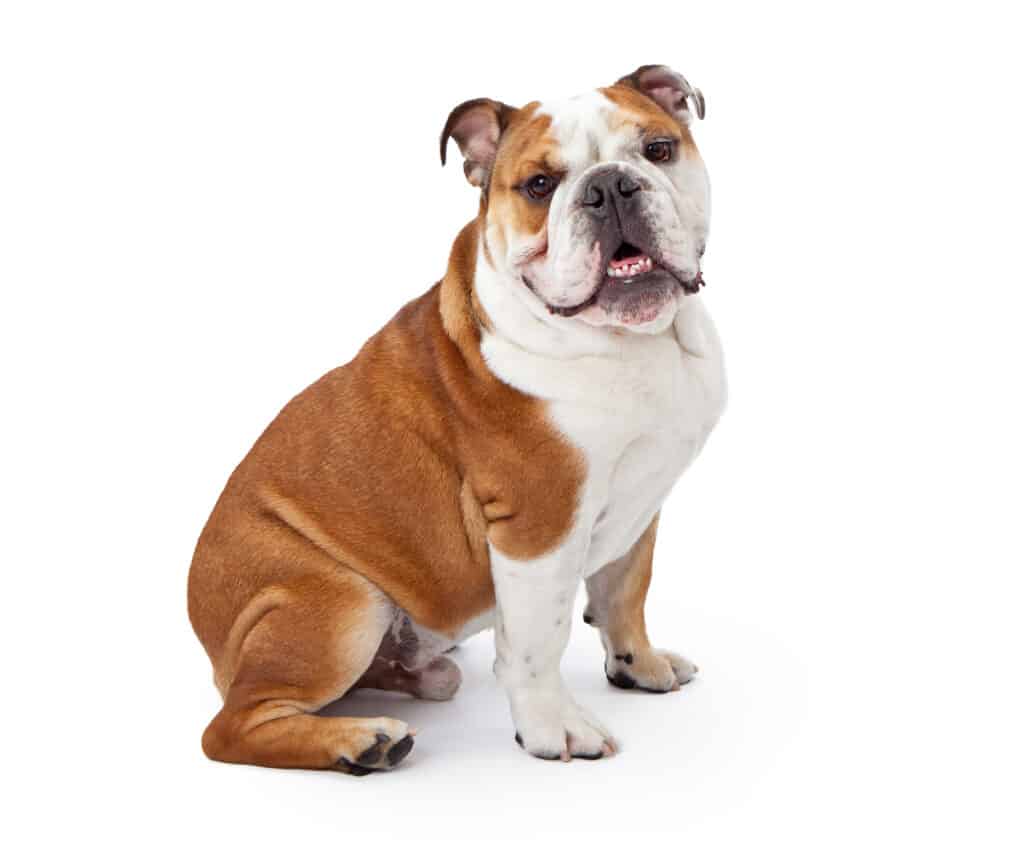
Bulldogs are not the fittest dogs – so if you’re looking to own one, understand that the cost for pet insurance is on the higher end compared to most other breeds.
©GoodFocused/Shutterstock.com
It costs a typical owner $735.42 annually to insure a Bulldog, making it the most costly dog breed to insure.
The standard bulldog is between 20 and 27 inches in length, with a shoulder height of 12 to 15 inches (31 to 38 cm) (51-69 cm). The average Bulldog weighs in at between 40 and 55 pounds (18 and 25 kg) and lives for around 8 to 10 years. Many hereditary factors contribute to the increased risk of elbow and hip dysplasia in bulldogs, which is a major health problem for the breed. Joint inflammation and abnormal growth can result from this contagious infection.
Cane Corso
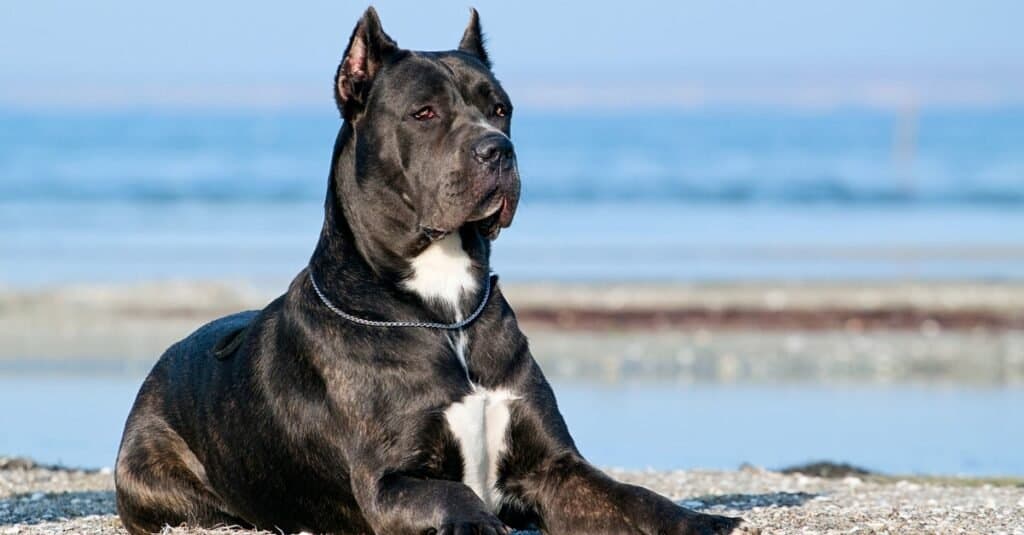
Originally bred as a hunting dog, Cane Corso is a large dog breed prone to certain health issues that may affect the cost of pet insurance.
©Sbolotova/Shutterstock.com
The unique Cane Corso is the second-most costly dog to insure, at an annual average cost of $715.27.
The adult male Cane Corso often weighs between 100 and 120 pounds. They are between 25 and 27.5 inches tall, according to their shoulders. When fully grown, a female Cane Corso will weigh in at 88 to 100 pounds and be approximately 23.5 to 25 inches tall. Cane Corso frequently experiences issues with elbow dysplasia. Elbow dysplasia, like hip dysplasia, is associated with a developmental defect and may come from genetics, inappropriate exercise, or an excessively rich diet. Surgery is a possible solution here as well.
Hovawart
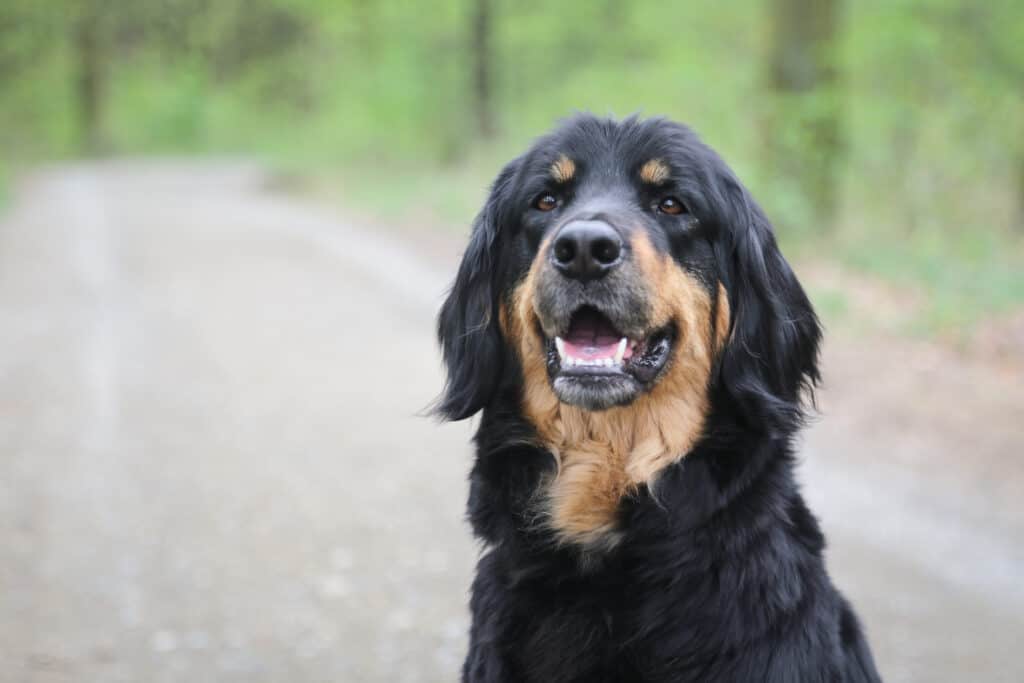
Hovawarts are a rare, large dog breed with several conditions that can make insuring it quite costly.
©Hana Hanigerova/Shutterstock.com
Insurance on a Hovawart, one of the most beautiful and rare dogs in the world, will set you back an average of $677.49 each year.
The average height of a Hovawart is between 23 and 29 inches, and its weight ranges from 55 to 110 pounds. Depending on the breed, some dogs may be on the smaller or larger side. Kidney disease, eye disease, heart disease, arthritis, hip dysplasia, and osteosarcoma are all possible health problems throughout a Hovawart’s 10–14 year lifespan.
Greater Swiss Mountain Dog
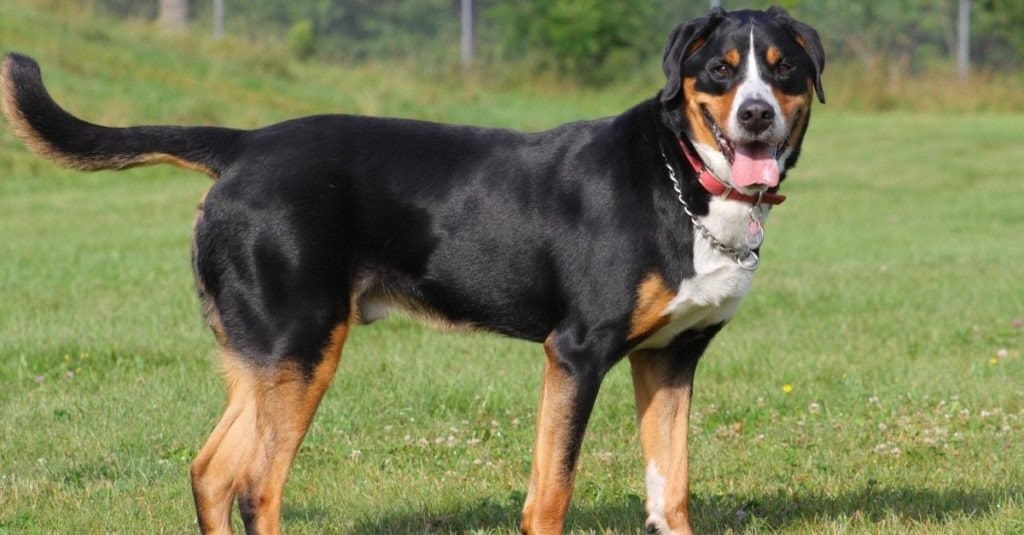
The Greater Swiss Mountain Dog is a very large dog with good overall health, but it is prone to orthopedic issues which can make insuring it expensive.
©Nick Chase 68/Shutterstock.com
On average, a Greater Swiss Mountain Dog owner spends $628.63 on their pet’s health insurance per year, making it the fourth most costly breed in terms of this expense.
Greater Swiss mountain dogs usually weigh between 80 and 140 pounds, and their withers height is between 23.5 and 28.5 inches (60 and 72 cm) (36-64 kg). The average lifespan of a Greater Swiss Mountain Dog is 7-11 years, its body length is about 35 to 41 inches (89-104 cm), and its standing height is approximately 30 to 36 inches (76-91 cm). The Greater Swiss mountain dog has overall good health throughout its life and is not predisposed to any particular diseases. But like other giant breeds, it’s prone to orthopedic issues that could require surgery.
Dogue De Bordeaux
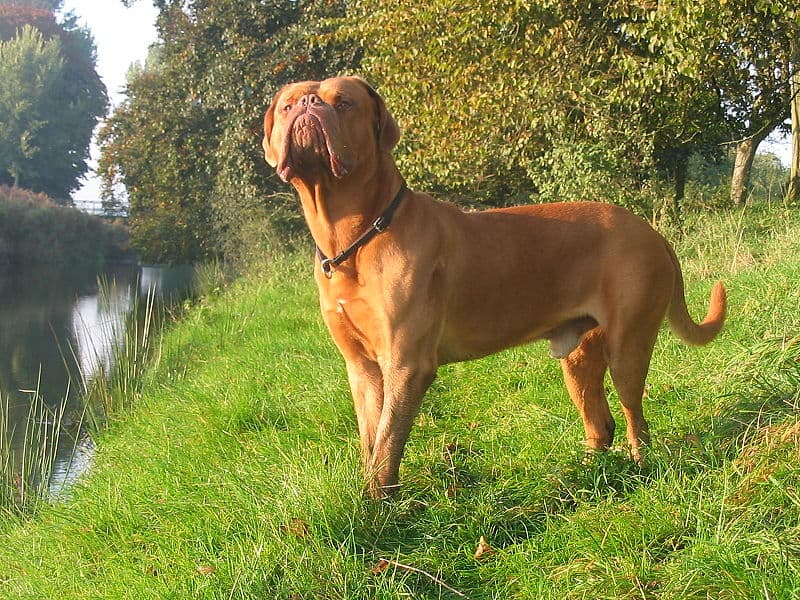
The Dogue De Bordeaux can weigh up to 140 lbs and is prone to elbow dysplasia which could require surgery. This can raise the rates on pet insurance for this breed.
©StBrecht at German Wikipedia / public domain – License
The charming Dogue de Bordeaux, with an estimated yearly cost of $617.01, rounds out the top five most costly dogs to insure.
When fully grown, your Dogue de Bordeaux should weigh in at around 120 to 140 pounds. They typically grow to be between 23 and 27 inches tall. Males tend to be slightly larger than females. Your Dogue de Bordeaux may be susceptible to a few medical issues, including elbow dysplasia. This condition, in which the elbow joint is not aligned properly, can cause arthritis in later life.
Other Costly Mentions (Cats Included!)
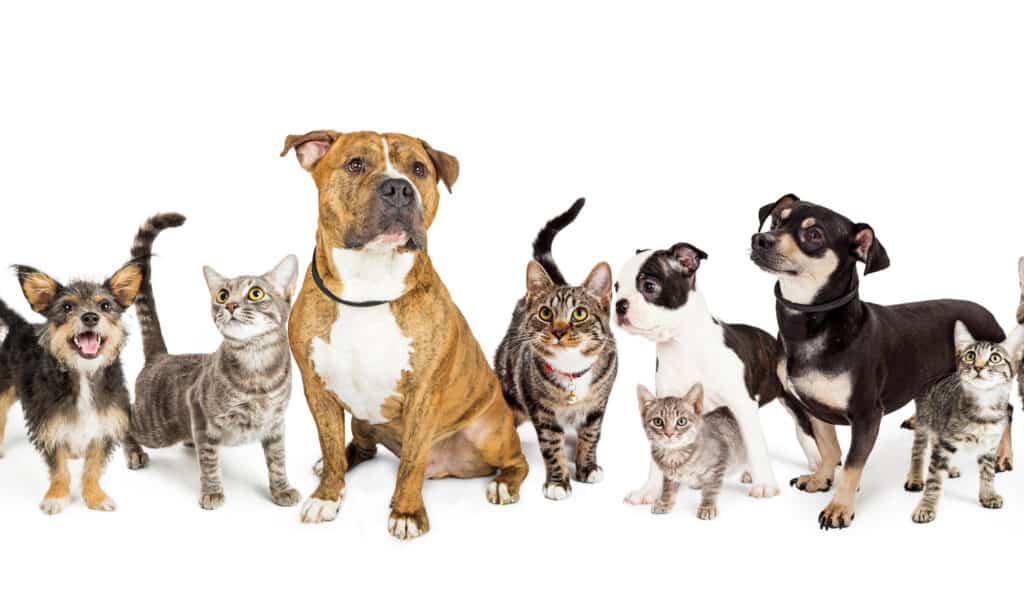
The breed and type of
insurance
can greatly affect the individual insurance cost for any pet.
©iStock.com/adogslifephoto
While the aforementioned breeds tend to be the most expensive option, the Mastiff, Dalmatian, Doberman Pinscher, and several types of pit bulls can be just as pricey, with the final cost depending on the coverage options you select. To put that in perspective, one of the most often insured purebred dogs is the Labrador Retriever, and the cost of insurance for the dogs mentioned in this article is roughly two to three times as much as their average! As for cats, The Burmese blue, Somali, and Tabby longhair are just a few of the purebreds that cost $300 to $350 on average each year to maintain and are certainly worth mentioning.
In Conclusion

Pet insurance isn’t as widely available for “exotic” pets like rabbits and ferrets as it is for dogs and cats, but options do exist, even for multiple pets.
©iStock.com/adogslifephoto
Because of their higher yearly vet care requirements, dogs typically cost more to maintain. Dogs account for a disproportionate share of veterinary insurance claims; this is likely due to the greater prevalence of dog ownership and the greater prevalence of dog-related health problems, both of which increase costs. ValuePenguin reports that the typical premium for canine health insurance is $45/mo. However, regular premiums might cost anything from $10 to $100 or more depending on the breed and type of coverage.
That’s to be expected, considering that approximately 67 percent or 85 million American families have a pet with dogs being the number one pet. To further dissect that number, we can see that 63.4% of them own a dog and 42.7% own a cat. 28.7 million people claim to have a bird, fish, or other small animals as a pet; however, they are less likely to get coverage for smaller animals than coverage for larger pets. Only about 1.6 million people in the United States own a horse as a companion animal. It’s clear now why canines have the highest care requirements and associated costs.
Up Next…
The photo featured at the top of this post is © Hana Hanigerova/Shutterstock.com
Sources
- Value Penguin, Available here: https://www.valuepenguin.com/pet-insurance/average-cost-of-pet-insurance
- The Scotsman, Available here: https://www.scotsman.com/lifestyle/family-and-parenting/pet-insurance-prices-here-are-the-10-most-expensive-breeds-of-adorable-dog-and-cute-cat-to-insure-3477173
- Canine Journal, Available here: https://www.caninejournal.com/exotic-pet-insurance-comparison/
FAQs (Frequently Asked Questions)
Does my dog really need insurance?
There are a number of factors to consider when looking at insurance for your dog. First and foremost, does your veterinary office accept the pet insurance options that are available to you? Not every office accepts all insurance providers, so it’s worth inquiring with yours.
As far as if you need the insurance for your friend, that depends on the health of your pet, and potential health issues later in his or her life. Do you have a breed known for issues during senior years? Is your pet prone to particular injuries? If so, it may be worth looking into insurance.
What does insurance for a dog cover?
Like with a human’s health insurance, each dog insurance provider will cover specific issues. In general, though, most cover unexpected injuries, illnesses, medication, surgery, and emergency care. If you’re considering a specific provider, check with them on their coverage before committing to them.
Thank you for reading! Have some feedback for us? Contact the AZ Animals editorial team.







